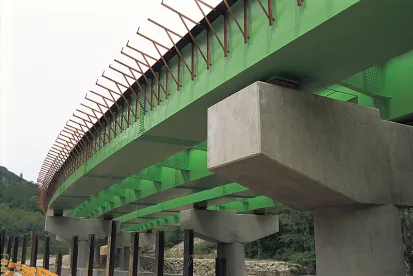Although public-private partnerships (P3s) have become a leading method of delivering infrastructure in several countries throughout the world, including Canada, P3s are often met with skepticism in the United States. Even though there is an ever-growing list of P3 successes (including several multi-billion dollar infrastructure projects that were completed ahead of schedule and below budget, such as the Ohio River Bridges, the LBJ Freeway in Dallas, and I-595 Express Lanes here in South Florida), the hiccups are often what garner the most press. The failed I-69 road P3 in Indiana, for example, continues to be held out as a failure of the P3 model—a 2017 Wall Street Journal article referred to the project as a “black eye to private investment in infrastructure”—but it is worth putting that failure in the context of failures of the traditional public procurement model for infrastructure delivery.
Consider the Honolulu rapid transit system, which was also recently the feature of a Wall Street Journal article—the delivery of that infrastructure is over budget by more than $4 billion dollars and has already been delayed by more than six years. And Honolulu’s overruns and delays cannot even compare to Boston’s “Big Dig”—which infamously was delivered 9 years late and $12 billion dollars (600%) over budget. Both of these projects were delivered using the traditional public procurement process—not as P3s. Yet their failures, as well as the less stratospheric cost overruns and delays that have long been commonplace for public infrastructure projects, are rarely held out as failures of the public procurement model and a call for more P3s. Perhaps they should be, as studies continue to show that P3s, on average, improve project schedules and budgets as compared to traditional public delivery. In any event, the P3 model is a proven method of delivering new infrastructure. It deserves to be judged, not against the perfect, but against its imperfect alternatives. Although a P3 may not make sense for every project, P3s should play an important role in meeting future infrastructure needs and should always be seriously considered.




 />i
/>i

